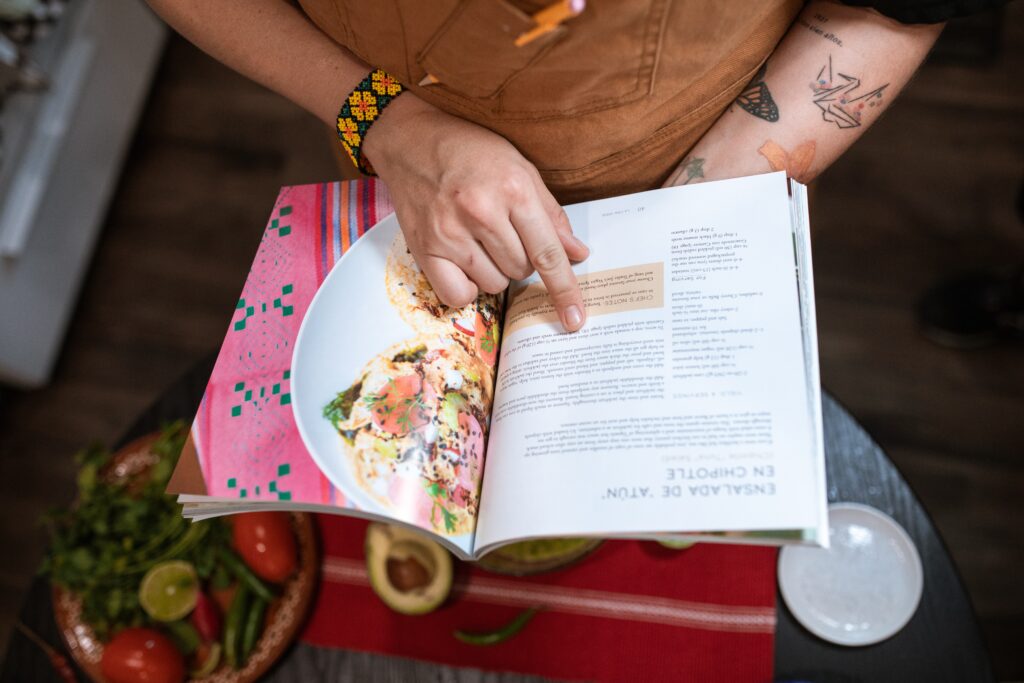The Paleo diet, inspired by the dietary habits of our ancient ancestors, emphasizes whole, unprocessed foods while avoiding grains, dairy, and legumes. While this diet has gained popularity for its potential health benefits, it can take time to maintain in today’s fast-paced, convenience-focused society. This exclusive guide will explore practical strategies and tips for successfully adhering to a Paleo diet in the modern world.
Introduction to the Paleo Diet
Before we delve into how to maintain a Paleo diet in modern society, let’s briefly recap the fundamental principles of this eating approach:
Paleo Diet Basics:
- Emphasis on whole foods: Lean meats, fish, fruits, vegetables, nuts, and seeds.
- Avoidance of processed foods, grains, dairy, legumes, and refined sugars.
- Focus on nutrient density and quality of ingredients.
Now, let’s explore how to make the Paleo diet work for you in today’s world.
Plan and Prepare AheadMeal Planning
One of the most effective ways to stay on track with a Paleo diet is to plan your meals. Here’s how:
- Make a menu plan for the week with a range of Paleo-friendly meals.
- Create a list for shopping based on your meal schedule to prevent impulsive purchases.
- To save time over the week, prepare things in advance by, for example, cutting vegetables or marinating meats.
Batch Cooking
Batch cooking is a lifesaver for busy individuals. Set aside a few hours on the weekend to prepare larger quantities of Paleo-friendly meals and snacks:
- Cook extra portions of proteins like chicken, beef, or fish.
- Prepare a big batch of Paleo soup or stew that can be portioned and frozen for later.
- Make Paleo-friendly snacks like homemade jerky or nut bars.
- Stock Your Pantry with Paleo Staples
Maintaining a Paleo diet becomes much more manageable when your kitchen is stocked with the right ingredients. Here’s a list of essential Paleo staples:

- Coconut oil: A versatile cooking fat.
- Olive oil: For salads and low-heat cooking.
- Almond flour and coconut flour: All these flours are great for baking Paleo treats.
- Canned coconut milk: A dairy-free alternative.
- Nuts and seeds: Perfect for snacking or adding crunch to dishes.
- Herbs and spices: Enhance flavour without additives.
- Bone broth: Nutrient-rich base for soups and stews.
- Fresh produce: Always have a variety of vegetables and fruits on hand.
- Navigate Dining Out and Social Events
Eating out and social gatherings can pose challenges for Paleo enthusiasts but with some strategies in place, you can maintain your diet while enjoying these experiences.
Choose Paleo -Friendly Restaurants
Many restaurants now offer Paleo-friendly options. Research local eateries that align with your dietary preferences and make them your go-to choices for dining out.
Ask Questions and Customize Orders
Don’t be afraid to ask questions and customize your order at restaurants:
- Request substitutions like extra vegetables instead of grains or a salad instead of fries.
- Inquire about cooking methods to avoid hidden sources of non-Paleo ingredients.
- Politely communicate your dietary restrictions to the waitstaff.
Bring Your Paleo diet Snacks
When attending social events or gatherings, consider bringing your own Paleo snacks or dishes to ensure you have suitable options to enjoy.
- Embrace Convenience Paleo Foods
While the Paleo diet encourages whole, unprocessed foods, convenient Paleo-friendly options are available in stores. These can be especially helpful on busy days.
Prepared Paleo Meals
Look for pre-packaged Paleo meals or meal kits that align with your dietary requirements. These can save you time and effort when cooking from scratch isn’t feasible.
Paleo Snacks
Keep a stash of Paleo snacks like beef jerky, dried fruit, or nut butter packets in your bag or car for on-the-go munching.
- Stay Informed and Educated
Staying informed about the latest Paleo research, trends, and recipes can keep your diet exciting and sustainable. Here’s how:
Read Paleo Cookbooks and Blogs

Explore Paleo cookbooks and online blogs for recipe inspiration and cooking tips. Many Paleo enthusiasts share their culinary creativity and expertise online.
Attend Paleo diet Workshops and Events
Please visit local Paleo workshops, seminars, or events to meet others who share your interests and learn from subject-matter specialists.
- Address Social and Peer Pressure
Maintaining a Paleo diet can sometimes lead to questions or pushback from friends and family. Here’s how to handle it gracefully:
Educate Others about Paleo diet
Share your reasons for following the Paleo diet and the benefits you’ve experienced. It can help others understand and respect your choices.
Be Prepared for Questions
Anticipate questions and criticisms about your diet, and prepare thoughtful responses to address concerns or misconceptions.
- Listen to Your Body

Remember that the Paleo diet should be tailored to your needs and preferences. Pay attention to your body’s signals and adjust your diet accordingly:
- If you’re highly active, consider increasing your carbohydrate intake with starchy vegetables like sweet potatoes.
- Experiment with different foods and ratios to find what works best for your energy levels, weight management, and overall well-being.
Conclusion
Maintaining a Paleo diet in modern society is achievable with careful planning, preparation, and a flexible approach. By focusing on whole, nutrient-dense foods and making informed choices, you can reap the potential health benefits of the Paleo diet while navigating the conveniences and challenges of contemporary life. Remember that the key to dietary success is consistency and choices that align with your health and wellness goals.
